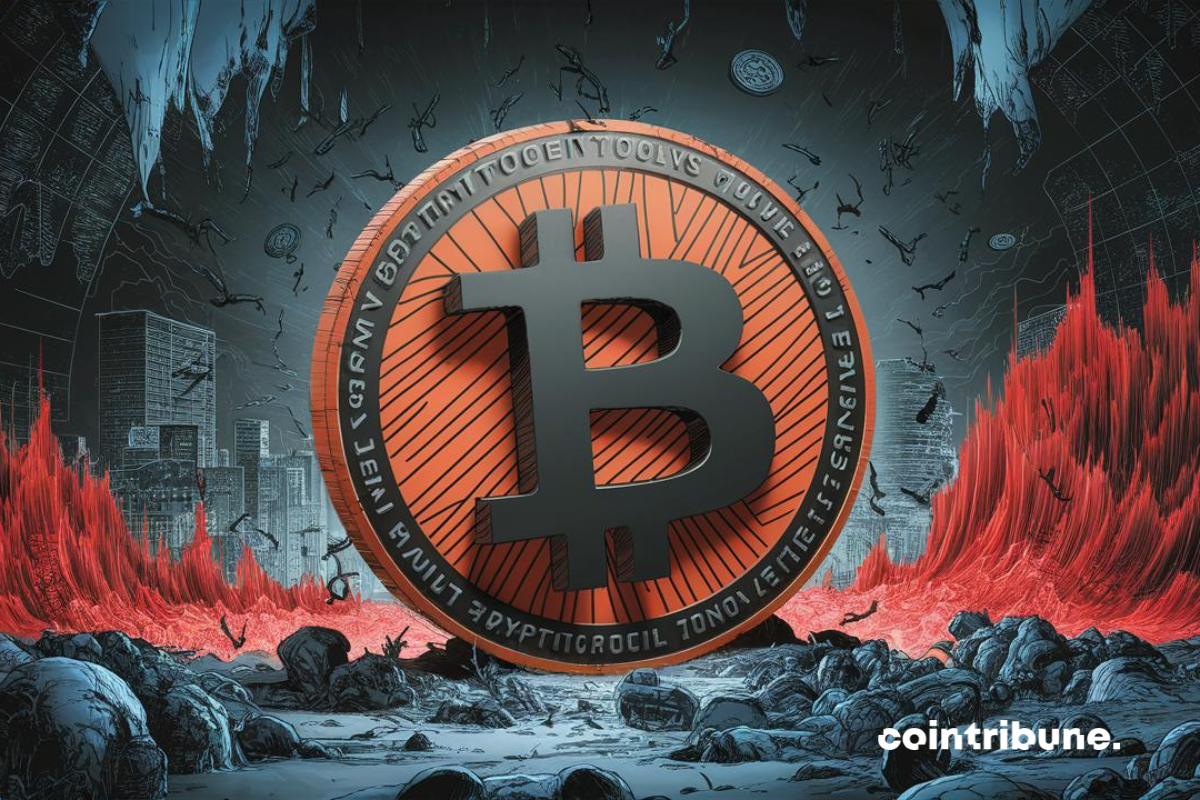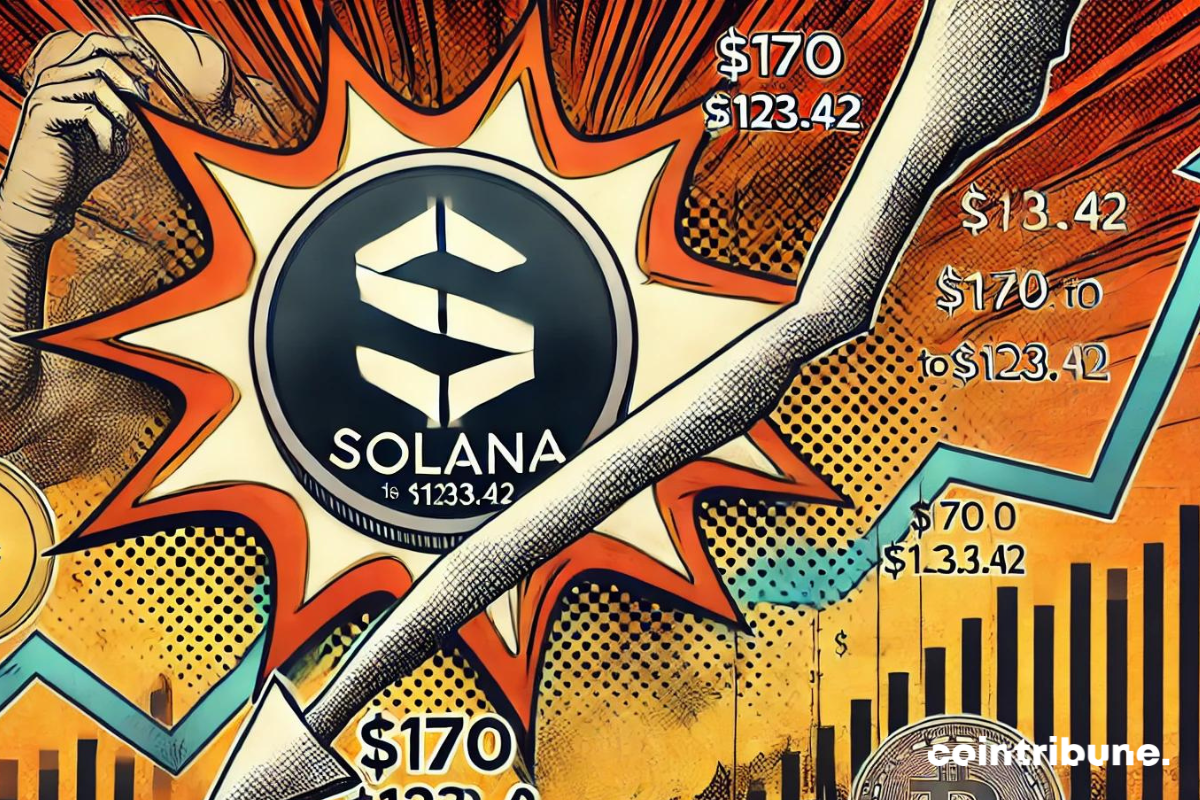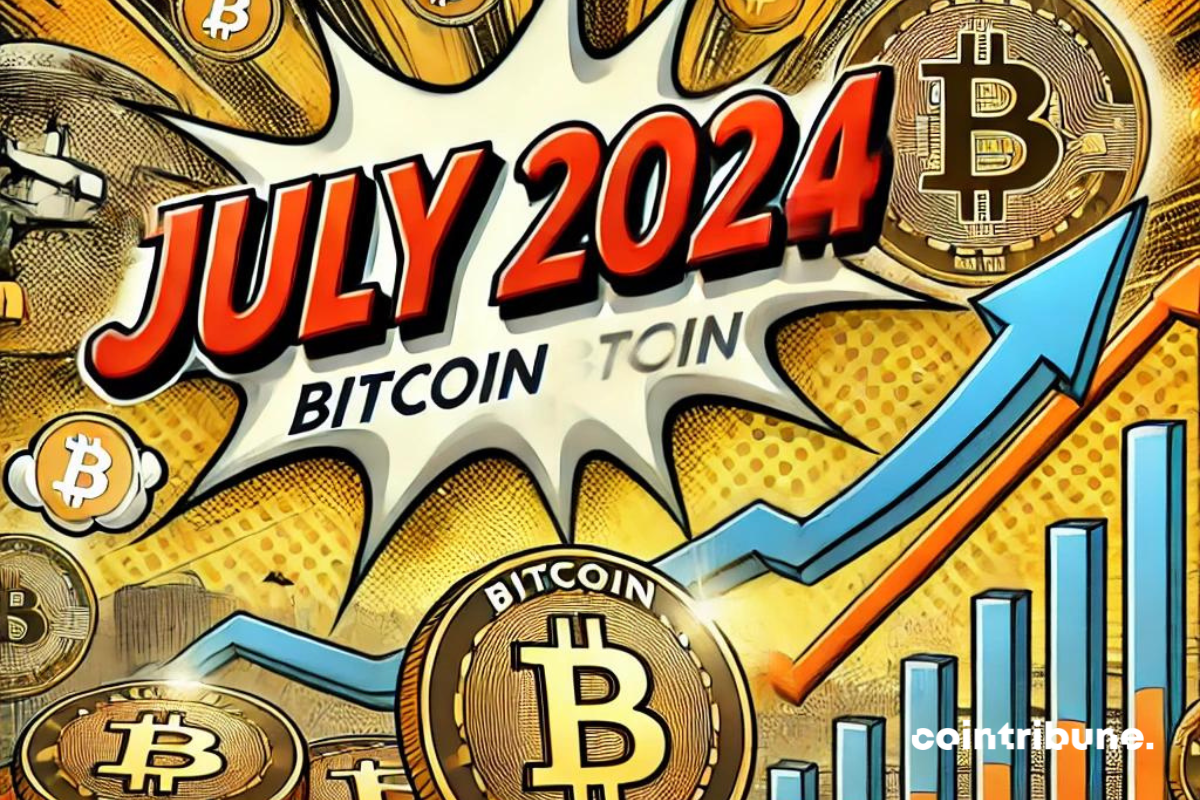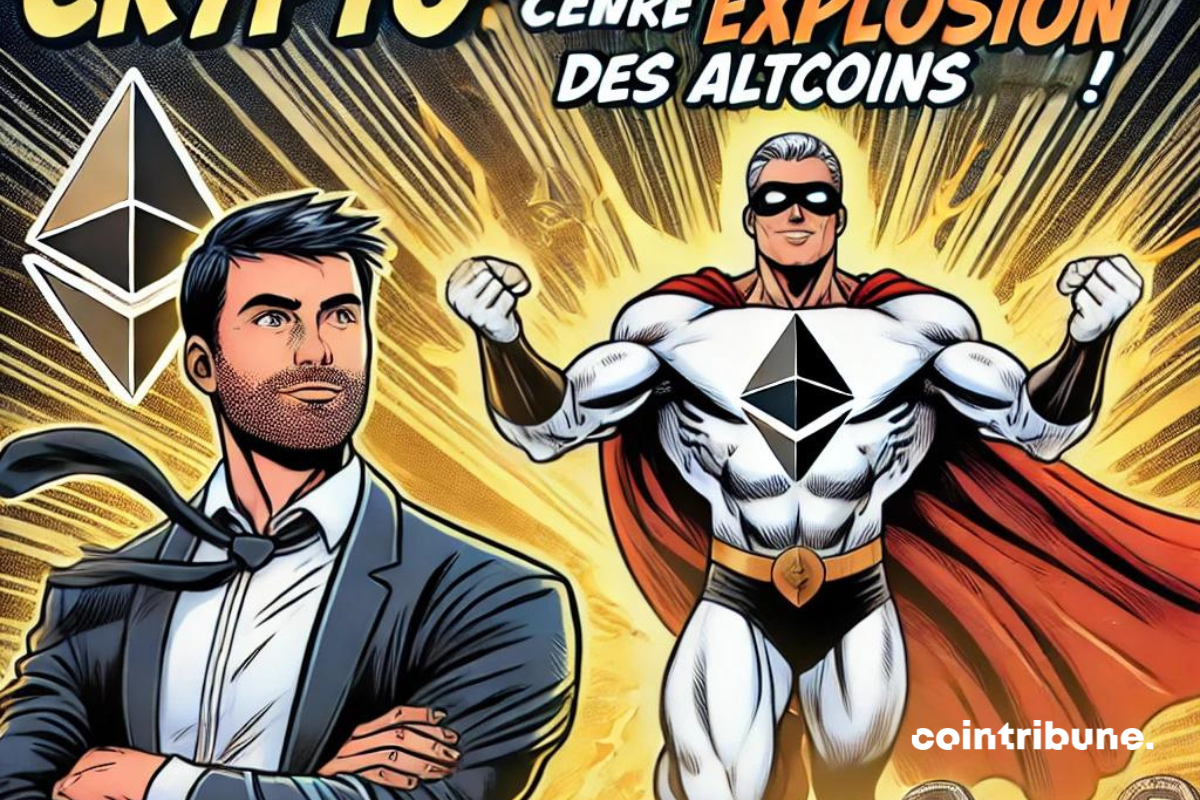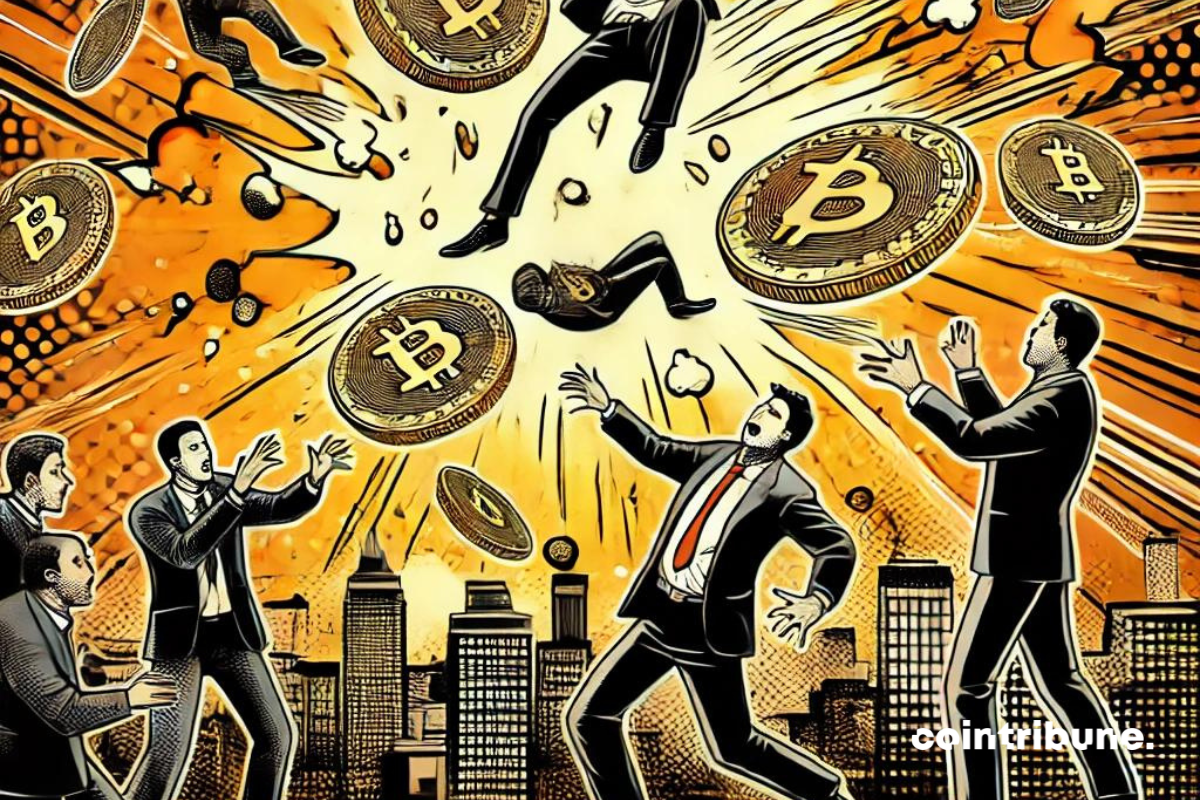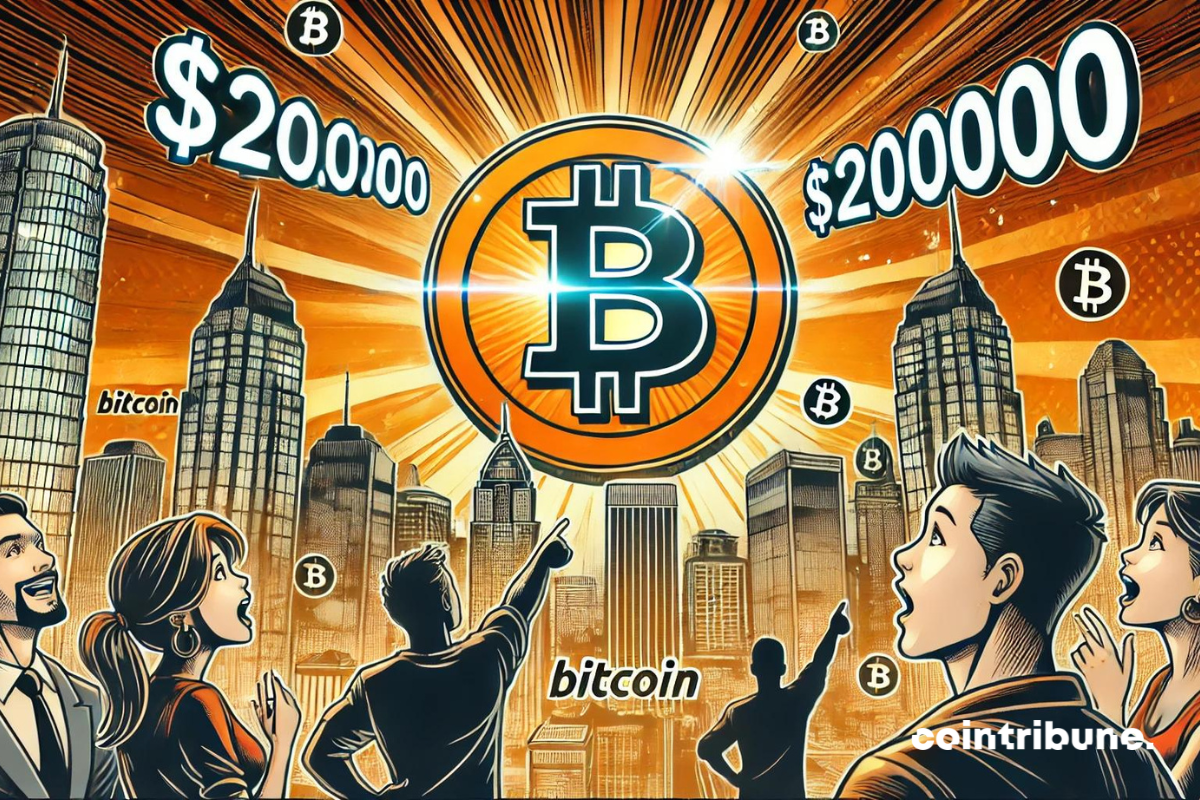The decoupling from the US dollar, a key ambition of the BRICS, has just suffered an unexpected blow. Despite years of concerted efforts to erode the dominance of the US dollar, a new report from the Atlantic Council reveals that these initiatives have failed to seriously threaten the supremacy of the greenback. This unexpected finding raises doubts about the viability of the economic strategies of the BRICS.
Finance News
Sixteen Nobel Prize-winning economists have recently expressed their concerns about the potential risks to the American economy in the event of a second term for Donald Trump. These experts, recognized for their major contributions to the field of economics, highlight the threats to economic stability and the rule of law in the United States. But what lies behind these concerns, and what could be the actual impacts of these anticipated risks? Let's delve into this fascinating analysis.
Dogecoin is once again attracting the attention of large investors. Despite a recent price drop, whales, these institutional investors or individuals holding large amounts of cryptos, have massively accumulated the memecoin. This strategic move, supported by favorable technical indicators, suggests a significant rebound potential for this iconic meme currency.
After reaching its ATH, Fetch.ai faced selling pressure that brought its price around $1. Let's examine together the future prospects for FET.
This afternoon, the US government transferred 3,940 Bitcoins to the Coinbase platform. In the midst of economic uncertainties, this massive transfer of cryptos, seized from a notorious drug trafficker, this operation, beyond its legal aspect, could well influence market dynamics and investors' decisions in the weeks to come.
Bearish pressure is expected in the coming months/weeks and this anticipation is already weighing on bitcoin.
Ethereum, the second largest crypto by market cap, sees its network activity spike by 56% in just one week. This surge of interest coincides with the imminent launch of the first Ethereum ETFs, a potentially groundbreaking development for the market. As investors hold their breath for the SEC's final decision, this spike in activity could signal a significant rise in ETH price.
After hitting a peak, Ethereum is facing increasingly threatening selling pressure. Let's examine together the future prospects for ETH.
The rapid rise of digital technologies is disrupting traditional economic paradigms. Among these innovations, artificial intelligence (AI) and Bitcoin (BTC) are emerging as key players in this transformation. Anthony Pompliano, a renowned investor and founder of Pomp Investments, anticipates a decade marked by a synergy between these two technologies. According to him, AI will generate considerable wealth, while Bitcoin will play an important role in preserving this new fortune.
3. Political instability causes a fall in BNP Paribas' stock price, dethroned by Santander at the top of the European banking sector.
In the past week, almost all meme coins have entered the red zone. Leading meme coins BONK and FLOKI have dropped by 20.9% and 22.3%, while WIF has seen a dramatic plunge of 37.5%.
The cryptocurrency market is experiencing unprecedented turmoil, and Solana, once considered a strong player, is taking a hard hit. In just one week, the fast and low-cost blockchain has lost $3 billion of its market capitalization, revealing worrisome vulnerabilities in a context of increased investor distrust.
Following significant downward pressure, Bitcoin has plunged below $60,000. Let's analyze together the future prospects of BTC price.
A new front of economic tensions is opening up between China and the European Union, threatening to disrupt the global trade balance. In response to the EU's proposals to impose tariffs on Chinese electric vehicles, China, an influential member of the BRICS, has warned of the possibility of a trade war.
As we are just a week away from July, all eyes are on Bitcoin, the leading cryptocurrency which, despite its current decline, could potentially see its value soar next month. Historically, July has proven to be a period of significant gains for Bitcoin, providing lucrative opportunities for savvy investors. In light of past trends and promising new data, what are the prospects for Bitcoin in July 2024?
The crypto market is safe to say swimming in bearish waters as all major coins are trading heavily in red. Investor’s insecurities are rising because there are no solid signs of market recovery.
Between revolutionary announcements, technological advancements, and regulatory turbulence, the crypto ecosystem continues to prove that it is both a territory of limitless innovation and a battlefield of regulatory and economic challenges. Here is a summary of the most significant news of the past week around Bitcoin, Ethereum, Binance, Solana, and Ripple.
The cryptocurrency market was shaken at the beginning of this week by a spectacular drop in the price of Bitcoin, which fell below the $62,500 mark. This steep decline led to the liquidation of over 60,000 traders, causing major disruptions in the crypto ecosystem. Why such a drop?
Bitcoin has already massively underperformed Nvidia. While bitcoin has seen its price increase by about 300% in the past 18 months, Nvidia's stock has experienced a surge of over 800%. So, to get rich, is it better to buy Nvidia stocks or BTC?
As the BRICS welcome new members and strengthen their de-dollarization agenda, a burning question emerges: could the Tether stablecoin (USDT) be the United States' secret weapon to preserve their economic hegemony? The implications for the crypto market and the global economy are immense.
There has been a lot of volatility in interest rates over the past two years. How can a change in the yield rate affect an asset like bitcoin? This is where we will look at the different factors surrounding interest rate changes and the consequences for bitcoin.
Michaël van de Poppe, renowned crypto analyst, anticipates a significant rise in altcoins, propelled by Ethereum's remarkable resilience. While Bitcoin shows signs of weakness with significant outflows from US-based ETFs, Ethereum displays impressive stability. This dynamic could herald a major turning point for the altcoin market.
Bitcoin ETFs are facing an unprecedented financial hemorrhage, recording massive net outflows for six consecutive days. With over $544 million withdrawn, this phenomenon reflects significant tensions in the crypto market, raising crucial questions about the future of these financial products and their stability. Investors and analysts are closely monitoring this worrying trend, seeking to understand its root causes and future implications.
Bitcoin, often seen as the barometer of the crypto market's health, is facing a storm of pessimism rarely seen. Despite its price fluctuating around $64,000, the crypto community seems gripped by persistent fear, uncertainty, and FUD.
Massive Capital Outflows: Are Investors About to Abandon ETFs?
Bitcoin enters politics with Aurore Galves-Orjol, a candidate in Isère, who is advocating for monetary sovereignty and societal innovation in France.
In 2024, decentralized finance (DeFi) is positioning itself as one of the most dynamic and promising sectors in the crypto ecosystem. According to a recent report published by CoinGecko that we will dissect in this post, new trends in DeFi offer unprecedented opportunities. With a total value locked (TVL) now exceeding $90 billion, DeFi is ready to transform the way we design and use financial services.
Far from being a mere utopia, the idea of a $200,000 bitcoin could soon become a reality. Analysts at Bernstein have just thrown a spanner in the works with their latest prediction. But what could propel the leading crypto to such heights and how long will it take for this forecast to materialize?
With 226,331 BTC in its wallet, MicroStrategy reaffirms its confidence in bitcoin by buying an additional $786 million.
The global stock market is eagerly awaiting central bank decisions. This necessarily impacts the crypto market.





